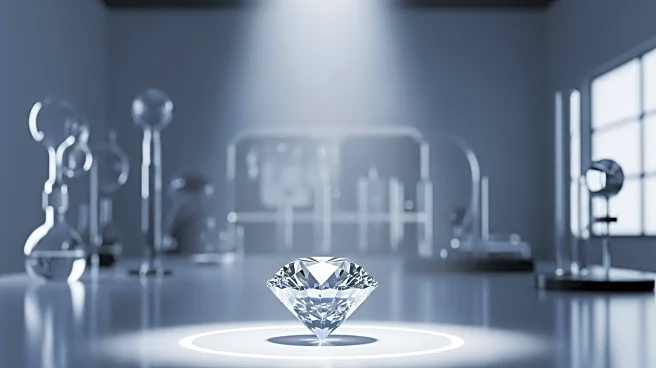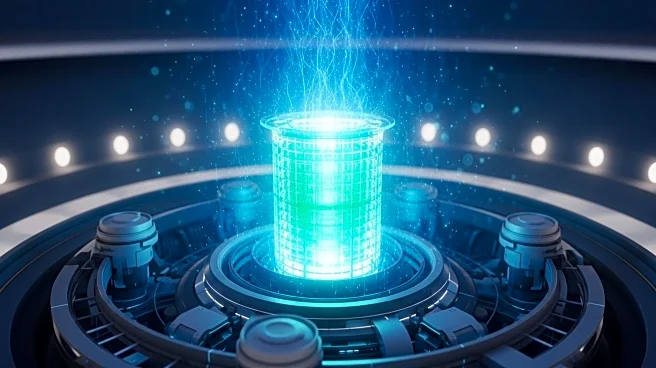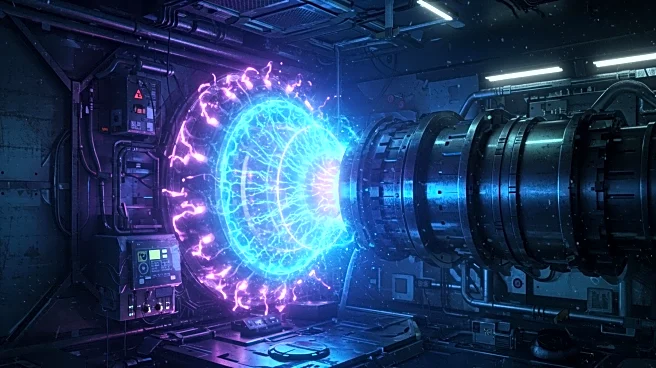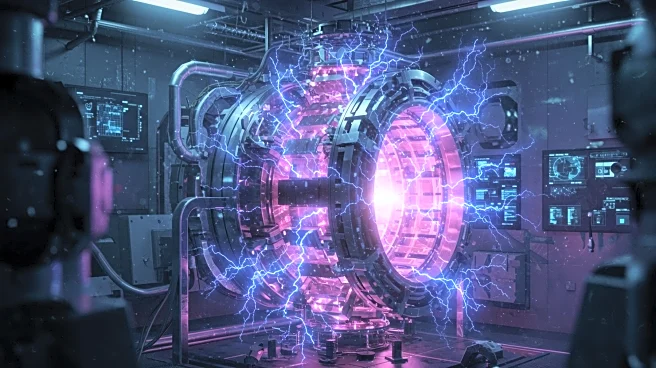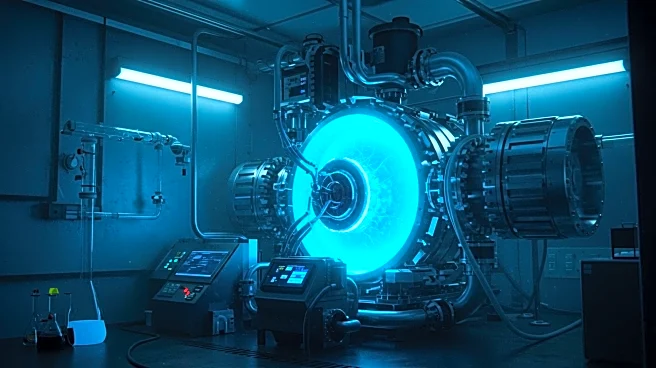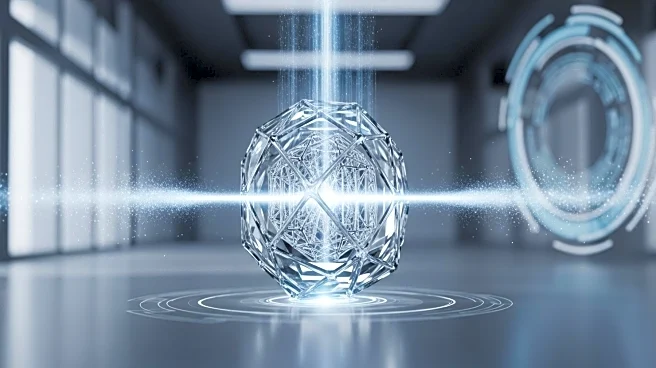What's Happening?
Material scientists have discovered that imperfections in diamond capsules used in fusion reactors can disrupt the symmetry of implosions, reducing energy yield or preventing ignition. These findings, published in a recent Matter paper, highlight the challenges faced in achieving efficient nuclear fusion. The study involved subjecting diamonds to continuous shock pressures, revealing defects at pressures of about 115 gigapascals. These defects range from subtle crystal distortions to zones of complete disorder, compromising the functionality of fusion reactors. The research underscores the need for improved diamond capsule designs to enhance fusion experiments.
Why It's Important?
Nuclear fusion is considered a promising energy alternative due to its potential to generate massive amounts of energy without leaving harmful radioactive waste, unlike nuclear fission. However, the discovery of diamond defects adds to the list of challenges that must be overcome before fusion can be widely used. Addressing these material shortcomings is crucial for advancing fusion technology, which could provide a clean and sustainable energy source. The findings may push the timeline for fusion development further into the future, but they are essential for ensuring the safety and effectiveness of fusion reactors.
What's Next?
Researchers will need to focus on understanding and improving diamond capsule designs to mitigate the impact of these defects. This may involve developing new materials or techniques to enhance the structural integrity of the capsules under extreme conditions. Continued experimentation and collaboration among scientists are necessary to address these challenges and move closer to practical fusion energy solutions.
